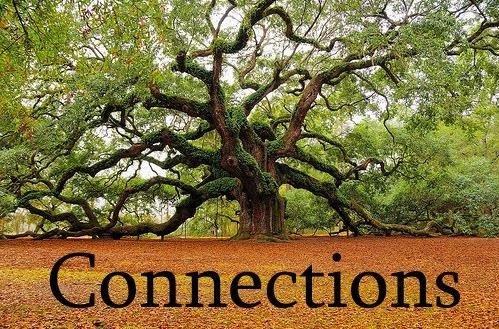The ants are a people not strong, yet they prepare their meat in the summer; Prov. 30:25
Go to the ant, thou sluggard; consider her ways, and be wise: Proverbs 6:6 People are distinguished from all other creatures and are so called because of their superior creation, intelligence, wisdom, manner of living and method of labor. They are well organized and are able to understand each other. Their manner of communication, ability in providing for themselves and possessing foresight, excels that of all other creatures.
For these reasons the ants are called “
a people,” because they possess like qualities. In all the natural qualities which human people possess, the ants come nearer in possessing them than any other creatures in all the world. The life of the ant is superior in intelligence to that of any insect or animal.
Men are called “people,” the ants are called “people.”
Men live in colonies and cities; the ants do the same.
Men have foresight, make plans and lay up for the future, but in this we have nothing over the ants.
Men carry on agriculture, plant seeds, cultivate crops, harvest and store up food and grain. All of these things are done by the ants.
Men build cities and in some they construct sky scrapers, making several stories underground and many above the ground, but even in this, they do nothing new for the ants do the same.
Men possess servants, house and feed them; the ants also do the same.
Men have cows, milk them, herd their cattle, feed them well and raise more, but strange to say, in this they do no better than the ants.
Men wash, brush and comb; the ants do also and that many times every day, for they are very particular in being clean.
When one man is not able to do some work he solicits the help of others to get it done and sometimes he cannot get the help he needs. If one ant cannot accomplish what she sees is possible she can immediately obtain all the help she solicits.
When men meet one another they generally speak and greet each other; again we learn the ants do the same.
Men practice courtesy and good manners, but the ants are far more courteous than men.
Men have cemeteries outside their cities where they bury their dead and the ants do too.
People build roads and tunnels and travel in these roads; the ants also make roads tunnels and bridges.
Men make war and subdue other tribes to be in subjection to them and the ants do the same.
Men manifest an interest and exercise a care over animals and plants. The dealings of ants with other insects and with plants, is above that of all lower creatures and in this they are “a people,” and like man.
Six thousand species of ants have been discovered and these have been classified by scientists into eight classes for the sake of convenience. Each of the different six thousand species possess their own regulations, habits, manner of living and working, and have individual characteristics; this is so with the human race.
There are hundreds of different tribes of people in the world. Some are red, others black, brown, yellow or white. Some are tall, others short and some are dwarfs. This distinction is manifest in the ant world. Men, too, as among the ants, possess different tribal habits, characteristic features, mode of living and doing things.
One of the remarkable and interesting characteristics of the ants, which is rarely found among other creatures, is the great love and care they manifest to their mothers. When we consider their relation, not merely that of parents and offspring, but that of attitude, conduct and deeds, we cannot help but acknowledge the wise design of an Almighty Creator. The worker ants take the best and kindest care of their queens or mother. They will escort her about from place to place, guide her and carefully guard her all the time. She is fed by them and that very bountifully. Never does she lack for any good thing. The workers daily wash her, brush her many times and bestow many caresses on her.
[Note: The website below has the longer talk and would make an excellent topic for homeschool](http://wesley.nnu.edu/wesleyctr/books/0701-0800/HDM0704.PDF)

